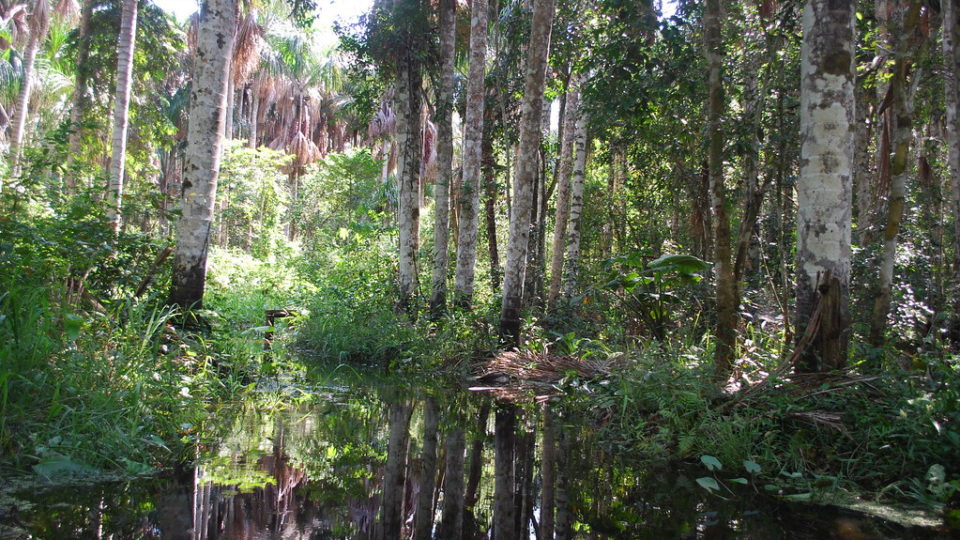The Amazon is a source of many mysteries. One that was as troubling as it was mysterious was the large amounts of methane emissions coming from the rainforest that were observed by satellites but that nobody could find on the ground. In total, there were 20 million tons of methane whose origin was unknown.
An expedition by a British postdoctoral researcher who spent two months strapping gas-measuring equipment to thousands of trees has solved the mystery. It turns out that trees, especially in the extensive flooded forests, were stimulating methane production in the waterlogged soils and pumping it into the atmosphere.
This research has uncovered a previously-ignored major source of the second most important greenhouse gas in the world. Apparently, most of the world’s estimated 3 trillion trees emit methane at least some of the time.
This in no way implies that trees are bad for the climate and therefore should be cut down. The reality is that the carbon storage capability of trees far outweighs their methane emissions. But since corporations these days are planting trees to offset their carbon emissions, it is essential to know if their numbers add up. Carbon accounting has to include the complex chemistry of trees and methane.
Wetland tree trunks can act as passive conduits for methane generated by micro-organisms in waterlogged soils. The solid-looking trunks contain spaces and channels through which gases travel up and down. But in wetland systems, trees also create the conditions, and provide the raw materials, for methane generation by micro-organisms. Trees are essentially bioreactors. Some trees even actively generate methane from photochemical reactions in their foliage.
Understanding the interactions of ecosystems and the atmosphere is a complicated business.
**********
Web Links
Scientists Zero in on Trees as a Surprisingly Large Source of Methane
Photo, posted December 13, 2008, courtesy of Ivan Mlinaric via Flickr.
Earth Wise is a production of WAMC Northeast Public Radio.
